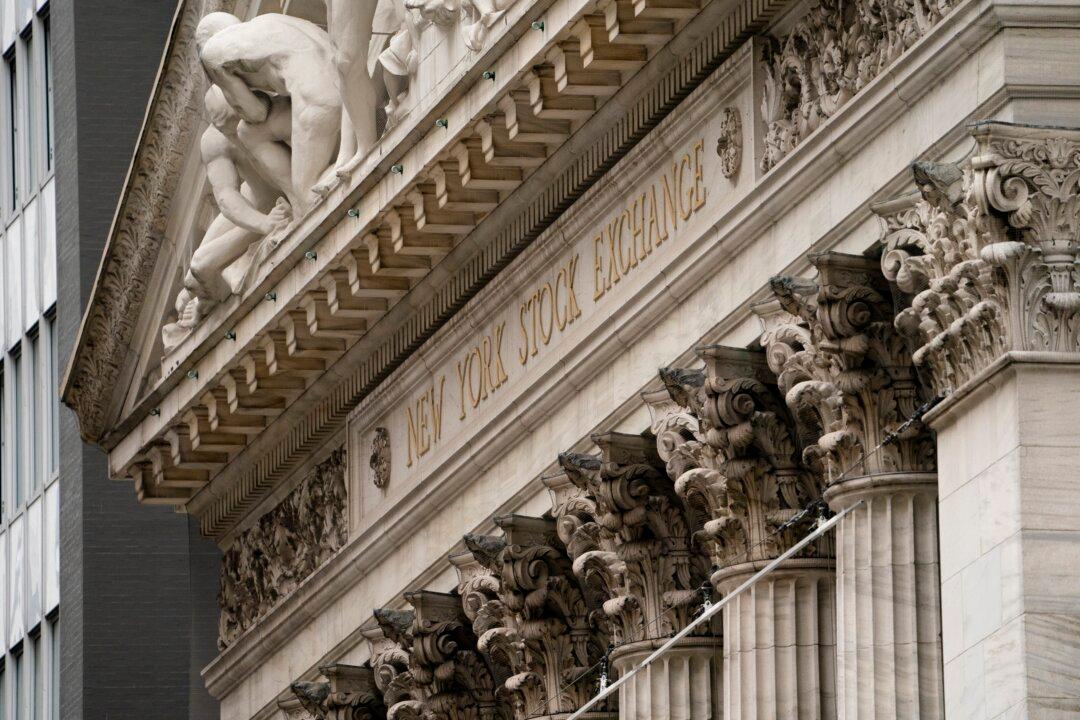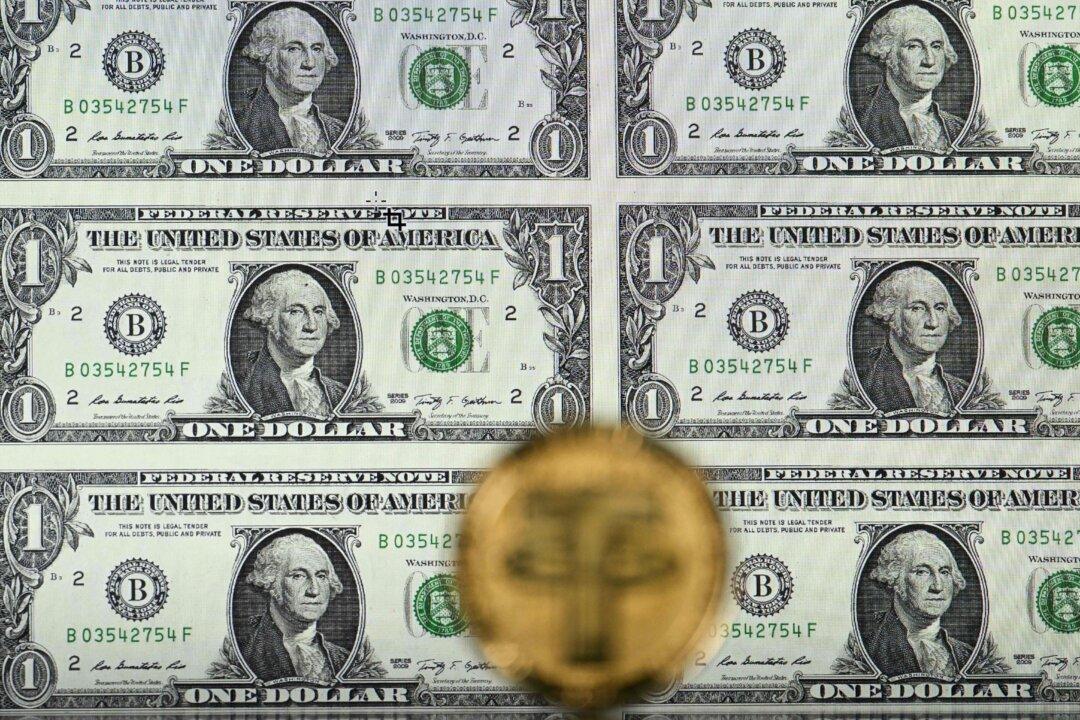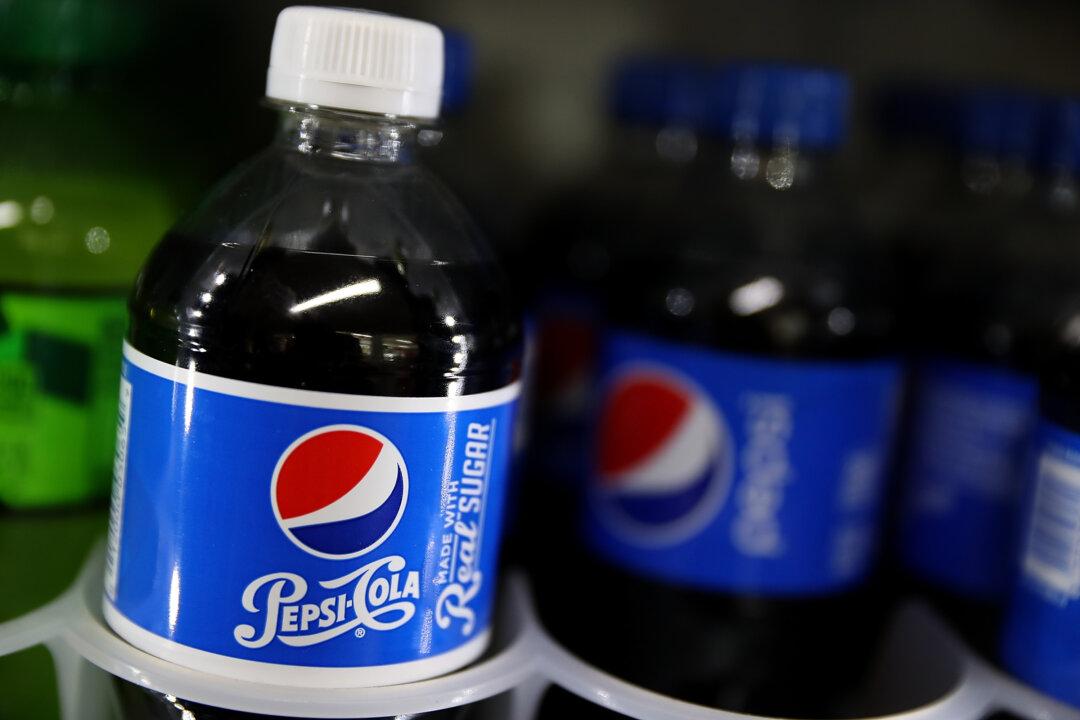Each day, Benzinga will take a look back at a notable market-related moment that happened on this date.
What Happened?
On Dec. 6, 1974, the two-year bear market finally bottomed, marking a 43 percent decline for the Dow Jones Industrial Average in less than two years.Where Was the Market?
The S&P 500 closed at 65.01 and the Dow Jones Industrial Average closed at 577.60.What Else Was Going On in the World?
The average cost of a new home in the U.S. was $34,900, and the rate of U.S. inflation in 1974 was a staggering 11.3 percent.The Market Bottom
The 1973–1974 bear market was a global bear market that was part of the overall U.S. economic recession of the 1970s. The U.S. stock market lost nearly half its value in less than two years, making this particular bear market one of the worst in U.S. history.The sell-off was triggered by a number of factors, including the breakdown of the Bretton Woods system of monetary management in the early 70s, a loss of confidence in the U.S. economy stemming from the fallout of President Richard Nixon’s resignation, and a rapid devaluation of the U.S. dollar thanks to the Smithsonian Agreement. A major U.S. oil crisis in mid-1974 compounded the economic pressures, and investors dumped stocks in droves.





